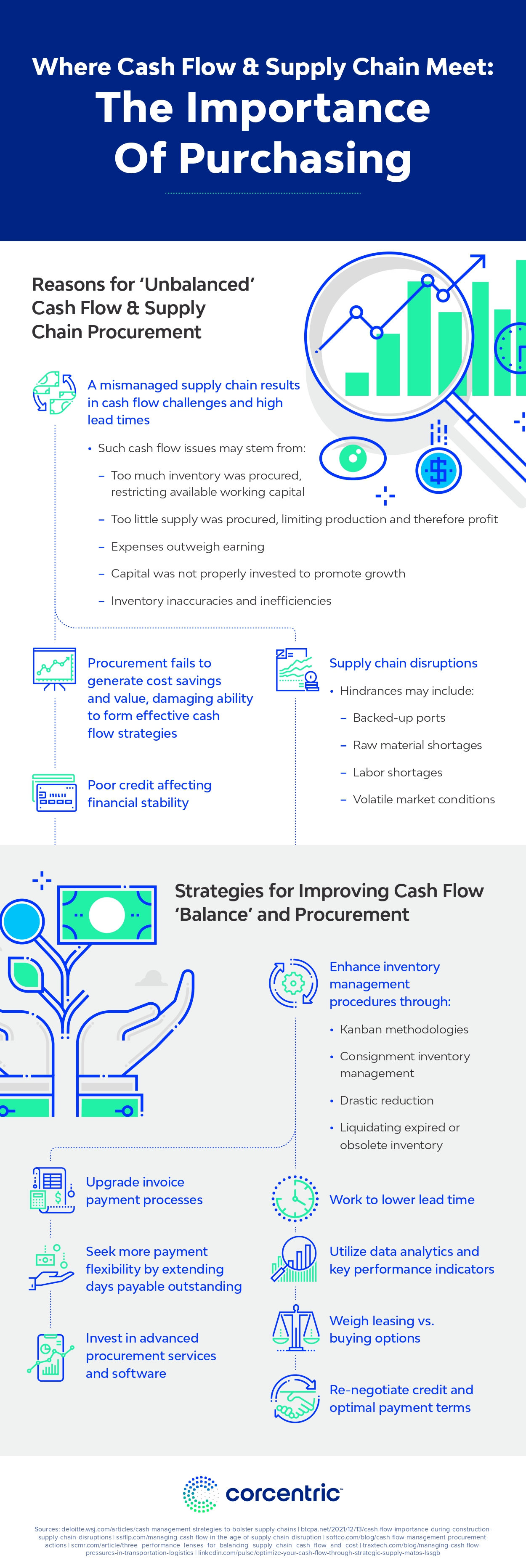Packaging plays a critical role in the journey of a product. It ensures items arrive safely, reflects the identity of the brand, and shapes the customer’s first physical interaction with a business. But what happens once the packaging is removed and tossed aside is often overlooked. For many companies, what seems like a finished task can quietly contribute to environmental damage, excess costs, and missed opportunities. Rethinking packaging with sustainability in mind is not just about doing what’s right for the environment. It is also a smart move for cost control, brand reputation, and customer loyalty.
Where Waste Starts in the Packaging Process
Even companies that are making efforts toward more responsible practices can fall into the trap of using materials that are hard to recycle or slow to break down. Items like plastic wraps, oversized cardboard boxes, and excessive amounts of protective fill often end up in landfills. While they are typically intended to keep products safe, there are modern alternatives that offer similar protection without the long-term environmental tradeoffs.
A frequent problem is packaging made from multiple materials. Combining elements such as plastic, metalized film, and adhesives may create a polished appearance or help protect fragile items, but it also makes the packaging difficult to recycle. Once discarded, these designs tend to sit in waste facilities indefinitely. By reexamining how materials are selected and used, companies can make small but impactful changes that reduce waste and simplify disposal for the end user.
Why Packaging Choices Reflect Company Values
In today’s marketplace, customers care about how products are made and how they are delivered. The packaging a company uses sends a clear message about its environmental awareness and commitment to responsible practices. When consumers open a box and see recyclable or compostable materials, it reinforces a sense of trust in the brand and its values.
Many customers are now making buying decisions from box manufacturers based on sustainability. Brands that take the lead on eco-friendly packaging often earn stronger customer loyalty and stand out more in crowded markets. Even better, customers frequently repurpose sturdy, well-designed packaging for their own use. This gives each box or bag a second life and keeps your brand visible long after the initial unboxing.
Saving Resources Through Smarter Design
Reducing packaging waste is not just good for public image. It also contributes to more efficient operations. When boxes are designed to fit the product more closely, less filler is needed. This cuts down on packaging materials, reduces shipping weight, and lowers transportation costs. Fewer resources used per shipment also means a smaller carbon footprint during delivery.
Innovative materials offer even more options. Businesses are now turning to compostable mailers, biodegradable wraps, and water-soluble films. Many of these materials meet durability requirements while still being safe for the environment. Plant-based inks and simplified printing also support sustainability efforts without sacrificing visual appeal.
Building a Smarter Strategy Around Packaging
The most effective packaging strategies begin with clear planning. Companies that evaluate packaging performance across the entire product lifecycle are better positioned to make improvements that matter. From initial design to shipping and disposal, every stage offers a chance to cut down on waste, boost efficiency, and support environmental goals.
This approach does not require radical changes all at once. Even small adjustments, like using fewer materials or sourcing from eco-conscious suppliers, can lead to measurable benefits. Over time, these improvements can become a competitive advantage, especially as more buyers look for brands that reflect their values.
Final Thoughts
Packaging is often treated as a secondary detail, but it has a lasting influence on customer perception, operational costs, and environmental impact. By rethinking how materials are selected, used, and disposed of, businesses can stay ahead of changing expectations while improving internal processes. Sustainable packaging is not just a trend. It is a strategy for building resilience, earning trust, and making a positive contribution that extends far beyond the box.






